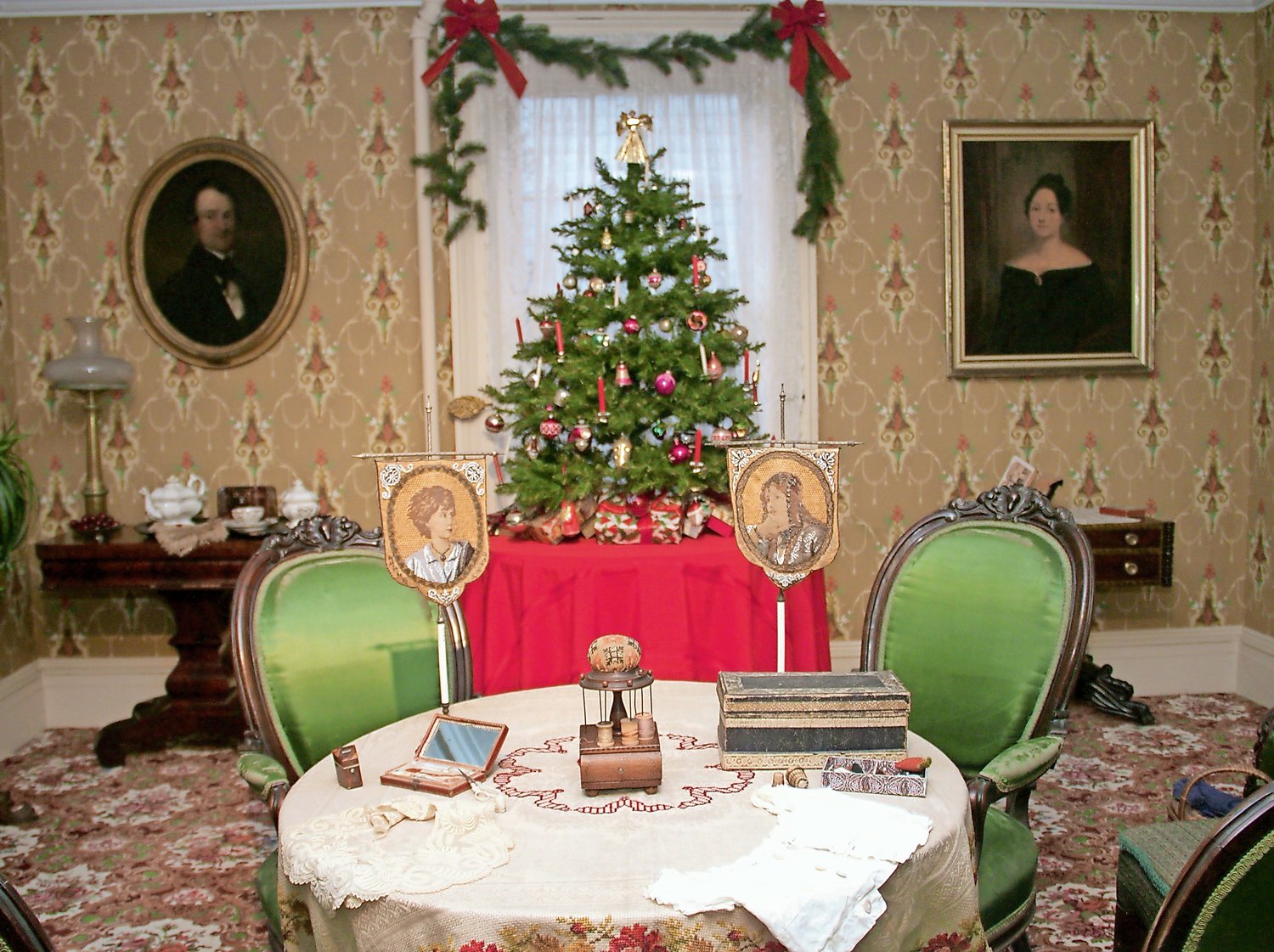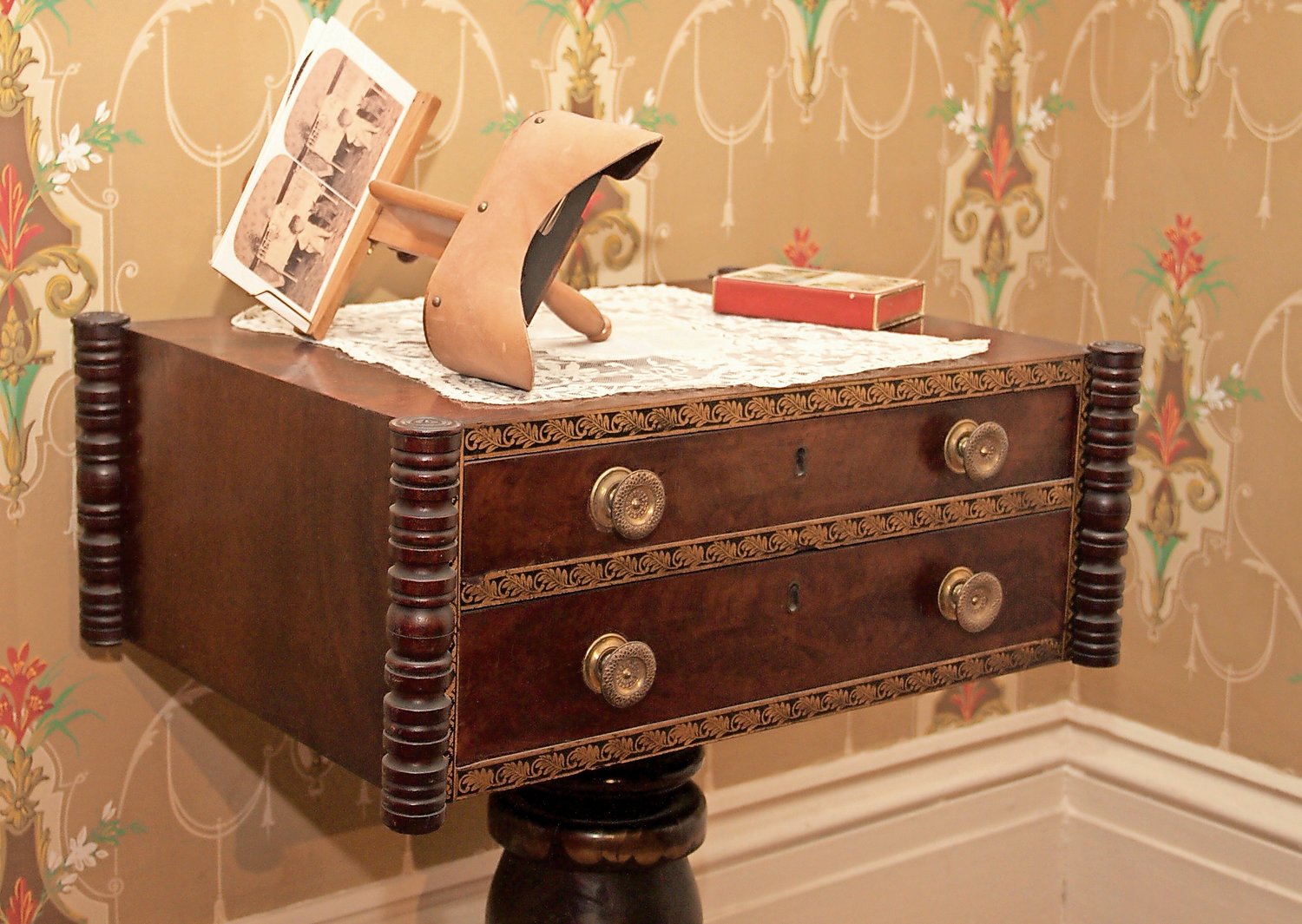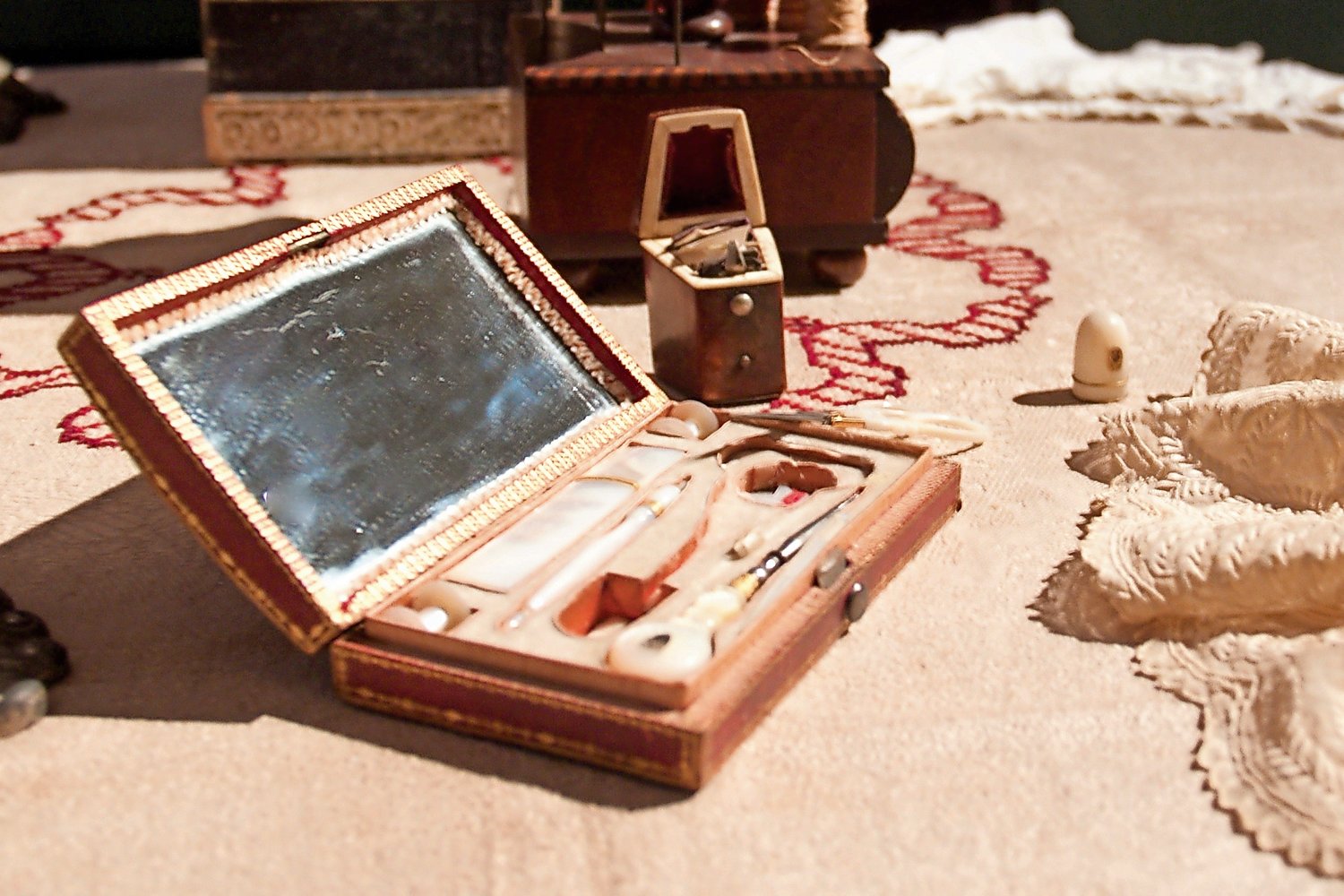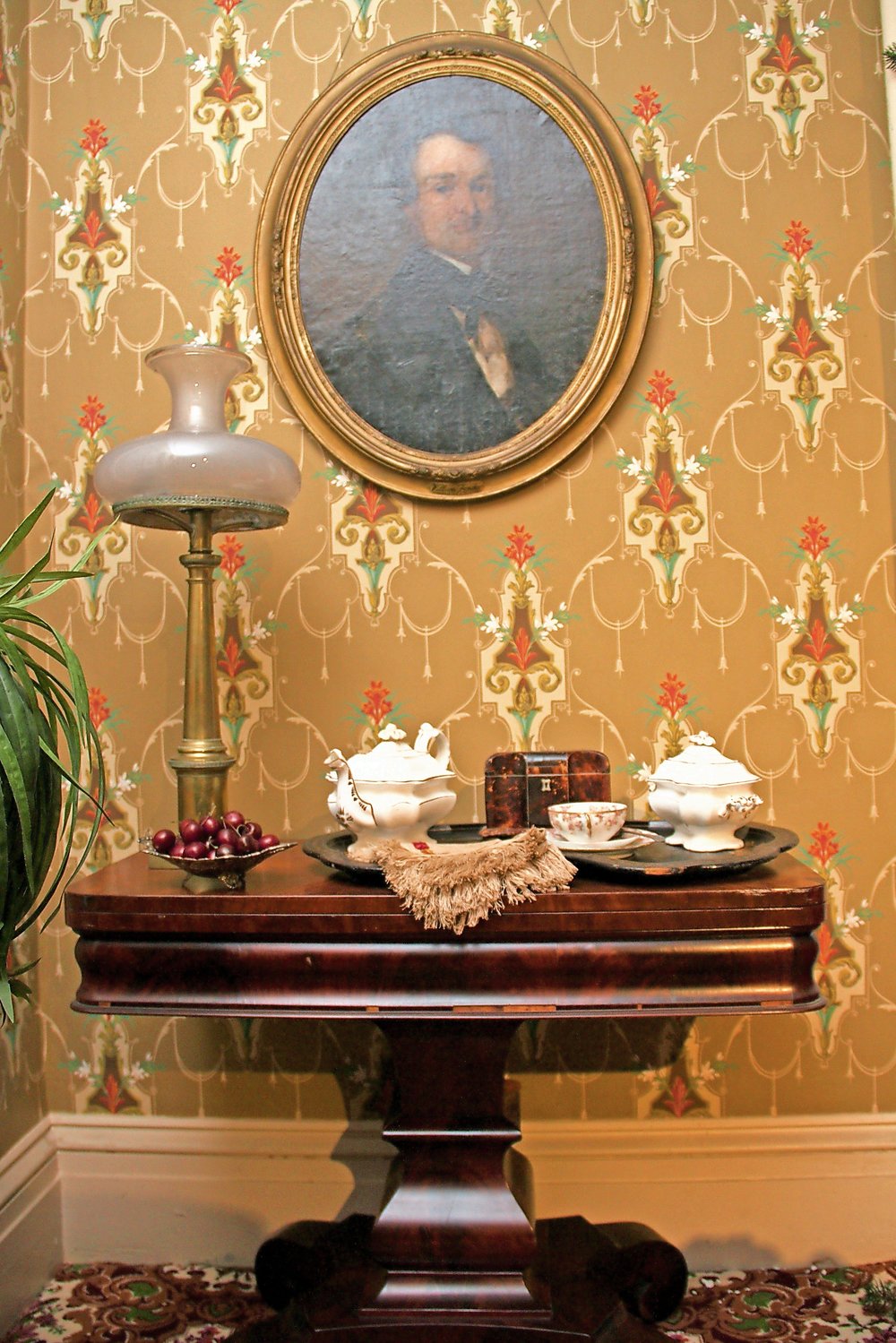Thursday, April 18, 2024
Needlework at Raynham Hall
Taking pride in the making
Once upon a time in America, we lived in a Do It Yourself world. From the home a family lived in to the food they ate, from the clothes they wore to the sheets they slept in, the typical 19th century American made their own and took pride in the making.
This month Raynham Hall Museum in Oyster Bay returns visitors to that time with a winter exhibition of 19th century textiles from the museum’s collection entitled “The Home Needle: 19th century textiles.”
The exhibit reflects upon a time before Target, Home Depot, Marshalls and Macy’s. “The Home Needle” reminds us of a time when one’s skill at turning a length or two of cloth material and some thread through the magic of a needle could determine eligibility for marriage or status in the community.
Featuring over 40 objects from the museum’s collection, the exhibit explores various kinds of needlework, both plain and fancy, and how the custom was considered an essential component of a woman’s upbringing.
“These works were a labor of love,” says Samantha Asam, a collections intern at Raynham Hall (and graduate student at NYU’s Costume Studies Program), who is assisting collections manager Jessica Pearl in putting together the show.
“When you see the material they made with their own hands, you can scarcely comprehend it at first,” Asam said. “But then you get into the mindset of these people from the 19th century and you understand.”
At one level, needlework had its utilitarian value, said Pearl. But to be sure there were added values in the 19th century practice. “There was a meditative quality to doing this work on long winter evenings,” she said.
Additionally, needlework served a social purpose, Pearl pointed out, offering a vehicle for women to gather together in sewing circles to socialize, share community news and reinforce the sense of community in a sparsely populated rural town on Long Island’s North Shore.
Beyond that it offered a way for young, marriageable women to show off their skills.
“Good needle, good marriage,” Pearl said.
The materials on display represent needlework from the 19th century and include three basic areas: crochet and lacework, whitework embroidery, and “Berlin Woolwork,” a popular craft during that era that utilized special wools from Saxony and the printed patterns available at the time.
The Victorian Parlor is particularly evocative. It features a sewing table with a spool caddy as the centerpiece, an embroidered pin cushion sitting on top and a drawer at its base to hold sewing tools. Also of interest are “firescreens” with petit-point and beadwork, handheld objects just large enough to hold up to your face to screen it from the heat of an open fire.
There will also be a hands-on interactive component to the show, said Pearl. “It will feature an interactive table with perforated paper,” she said, “so people can try their hand at needlework for themselves.”
Is Pearl expecting anything like an epiphany in her modern viewers? “Maybe, maybe not,” she admitted. “But it could prompt someone to go to a DIY shop, try their hand at embroidery and discover that it could become a part of their life.”
But as winter closes in on Oyster Bay again, our impulse returns to hearth and home. There is something to be said for a reminder of the innate comfort and solace to be had in an evening of solitude by lamplight or an open fire, gathering with family or friends around a kitchen table, beautifying our homes and warming ourselves against the cold. The current exhibit at Raynham Hall is an opportunity for us to explore in an intimate and palpable way where that impulse comes from.
“The Home Needle: 19th century textiles” will open to the public on Saturday, Dec. 7. It is free with museum admission and will run through March 1. Admission to Raynham Hall Museum is $7 for adults, $5 for students and seniors and children under 6 are free. For further information, call (516) 922-6808 or visit www.raynhamhallmuseum.org.
HELP SUPPORT LOCAL JOURNALISM
The worldwide pandemic has threatened many of the businesses you rely on every day, but don’t let it take away your source for local news. Now more than ever, we need your help to ensure nothing but the best in hyperlocal community journalism comes straight to you. Consider supporting the Herald with a small donation. It can be a one-time, or a monthly contribution, to help ensure we’re here through this crisis. To donate or for more information, click here.
Sponsored content
Other items that may interest you










